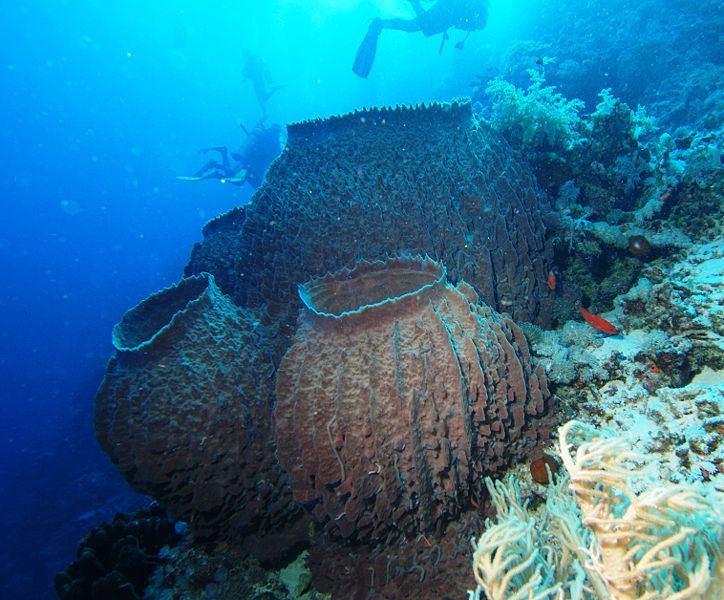On the eve of the week marking the bicentenary of the birth of Charles Darwin, scientists have solved a mystery that troubled the world's best-known biologist at the time when he formulated the theory of Evolution. The fly in the fossil ointment was the apparent abrupt appearance of animals about 542 million years ago; nothing appeared to exist before then, which made it look like this was the date when multi-celled "metazoal" life began.
 Since then other fossils of animal and animal-like organisms going as far back as 635 million years have turned up, vindicating Darwin's initial scepticism, but the trail to the origins of animal life seemed to peter out at this point. Now, writing in this week's Nature, University of California Riverside researcher Gordon Love, together with colleagues in Australia and the UK, has pushed that date back to 751 million years with the discovery of evidence of the oldest animal life on Earth.
Since then other fossils of animal and animal-like organisms going as far back as 635 million years have turned up, vindicating Darwin's initial scepticism, but the trail to the origins of animal life seemed to peter out at this point. Now, writing in this week's Nature, University of California Riverside researcher Gordon Love, together with colleagues in Australia and the UK, has pushed that date back to 751 million years with the discovery of evidence of the oldest animal life on Earth.
But the fossils Love and his team have found aren't something you could display in a cabinet. Instead they are the fossil chemical fingerprints of ancient organisms laid down in rock. The team made the discovery when they heated rock samples to a high temperature in a stream of hydrogen and collected the gases that were released. Amongst them was a hydrocarbon called 24-isopropylcholestane (24-ipc), the only known sources of which today are three classes of marine sponges.
This suggests that the ancestors of modern-day sponges were flourishing at least 100 million years earlier than we first thought. And more critically this puts the origins of these animals at the same point in time as a glacial period, which would have dramatically altered ocean chemistry and nutrient abundance, perhaps providing the trigger that got animal life going in the first place.
- Previous Animals older than we thought
- Next Nanotube fuel cells










Comments
Add a comment